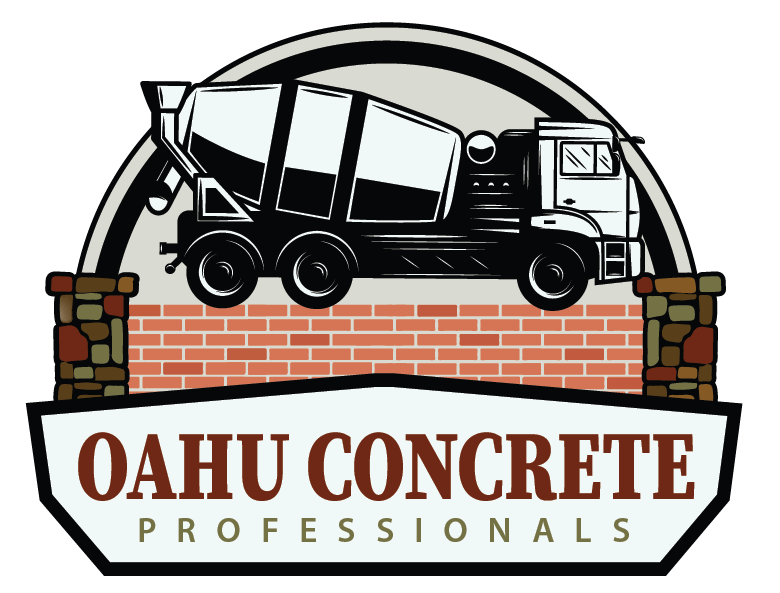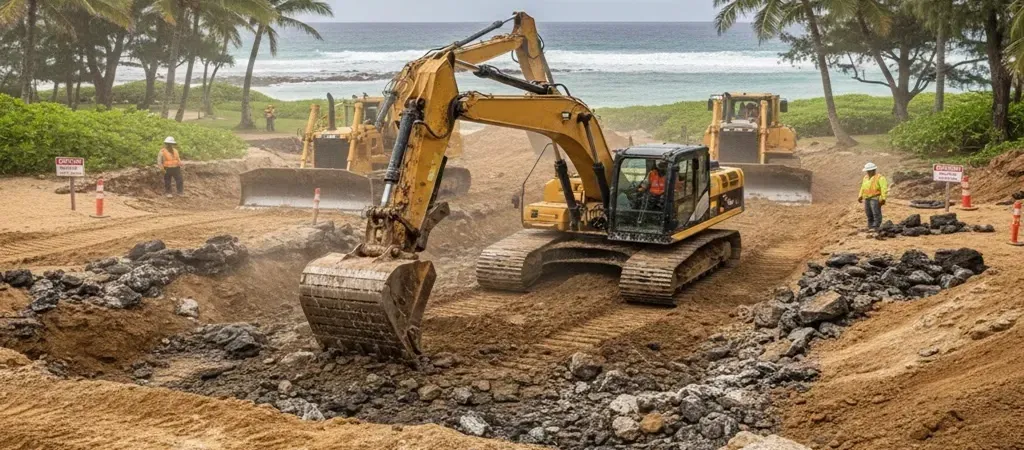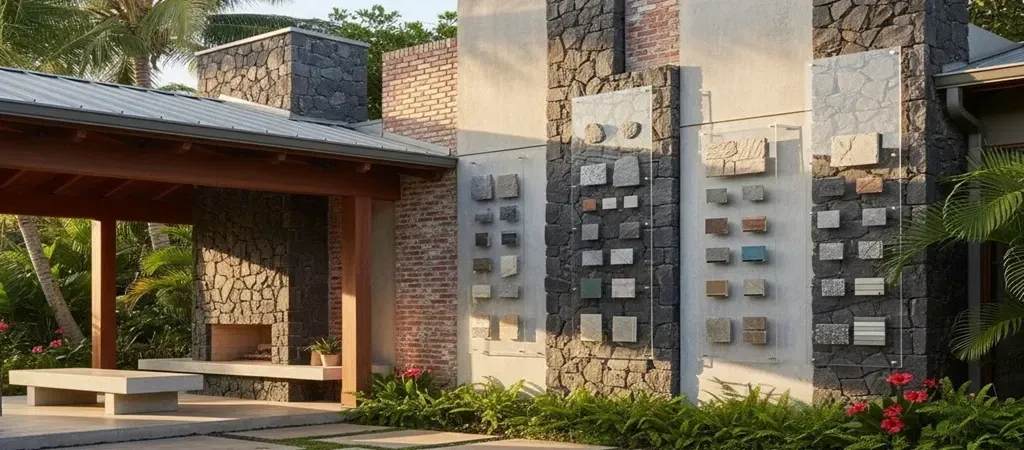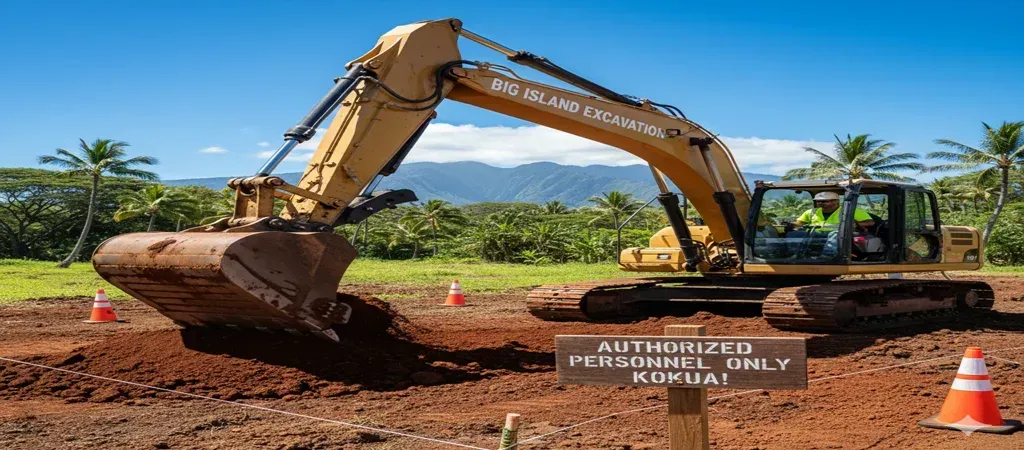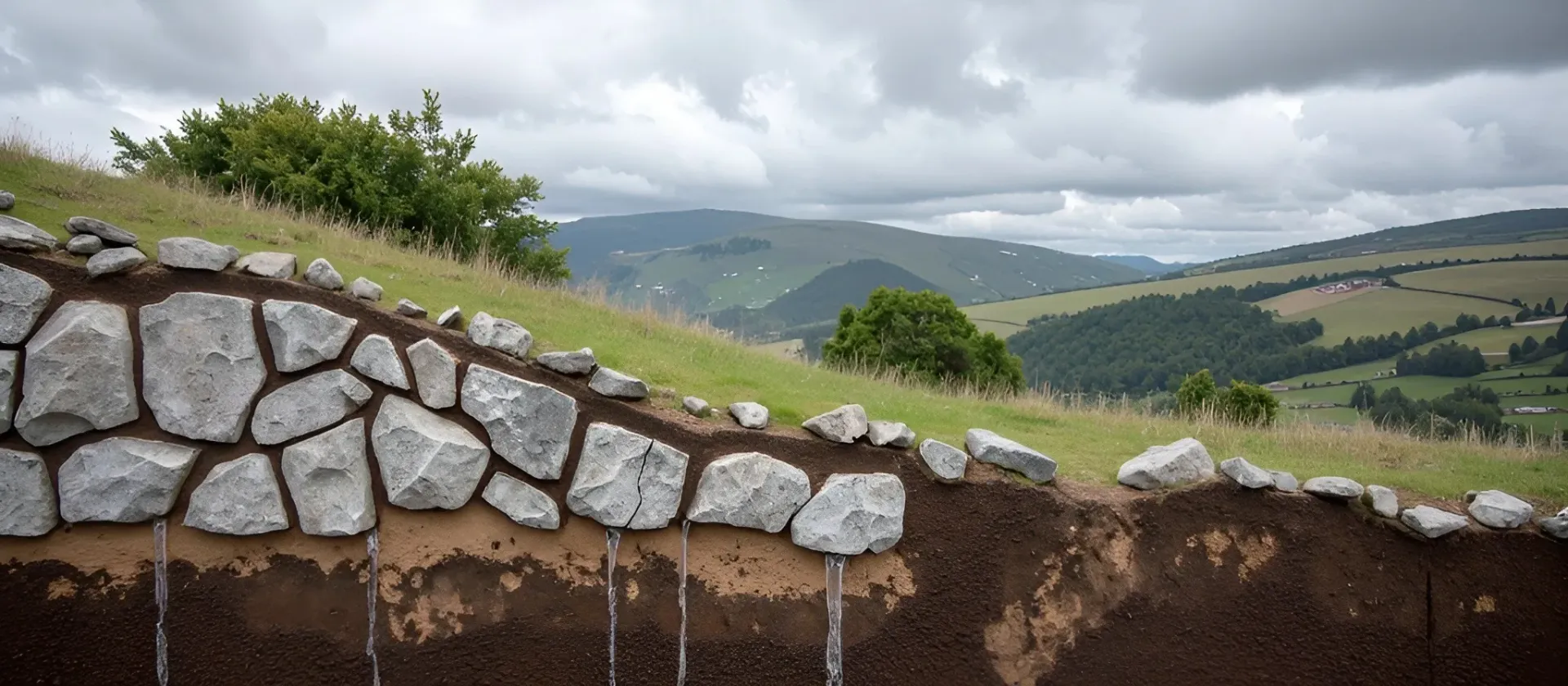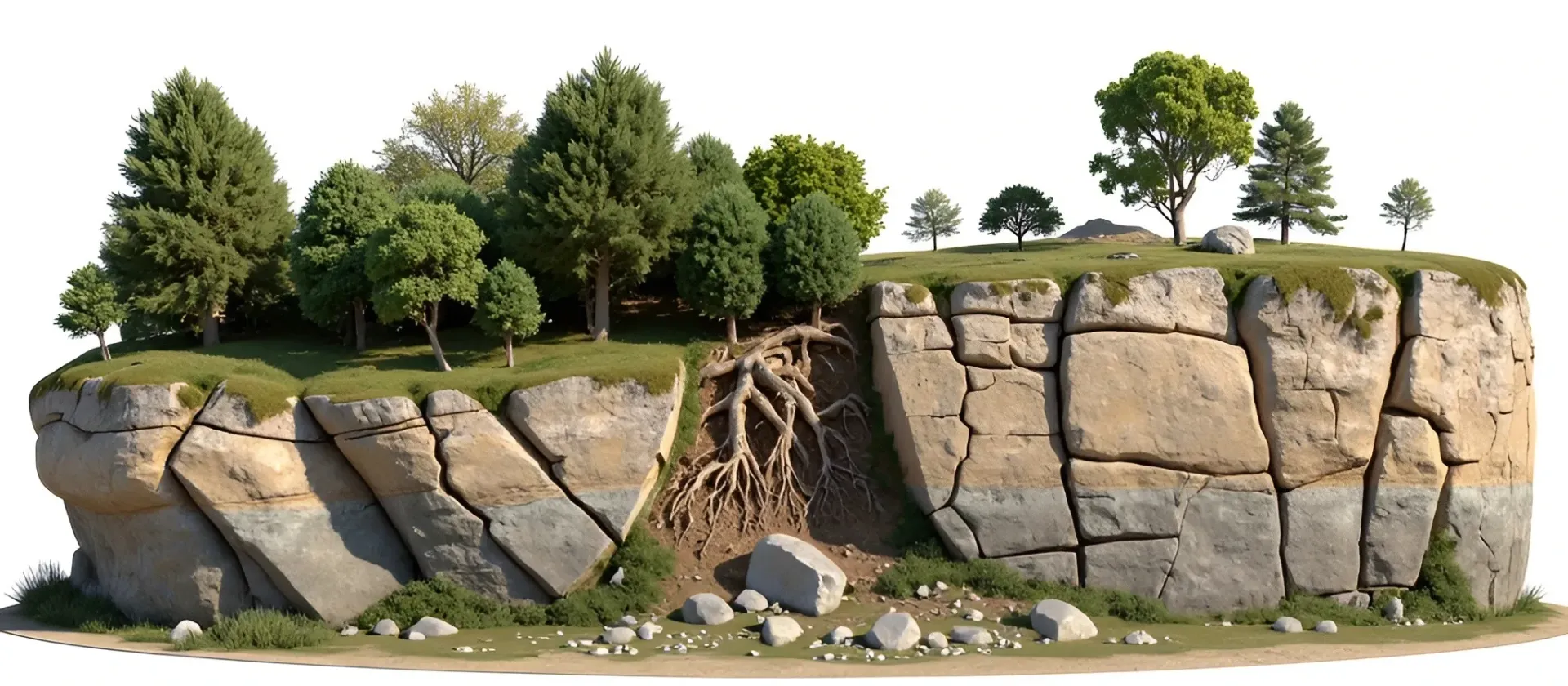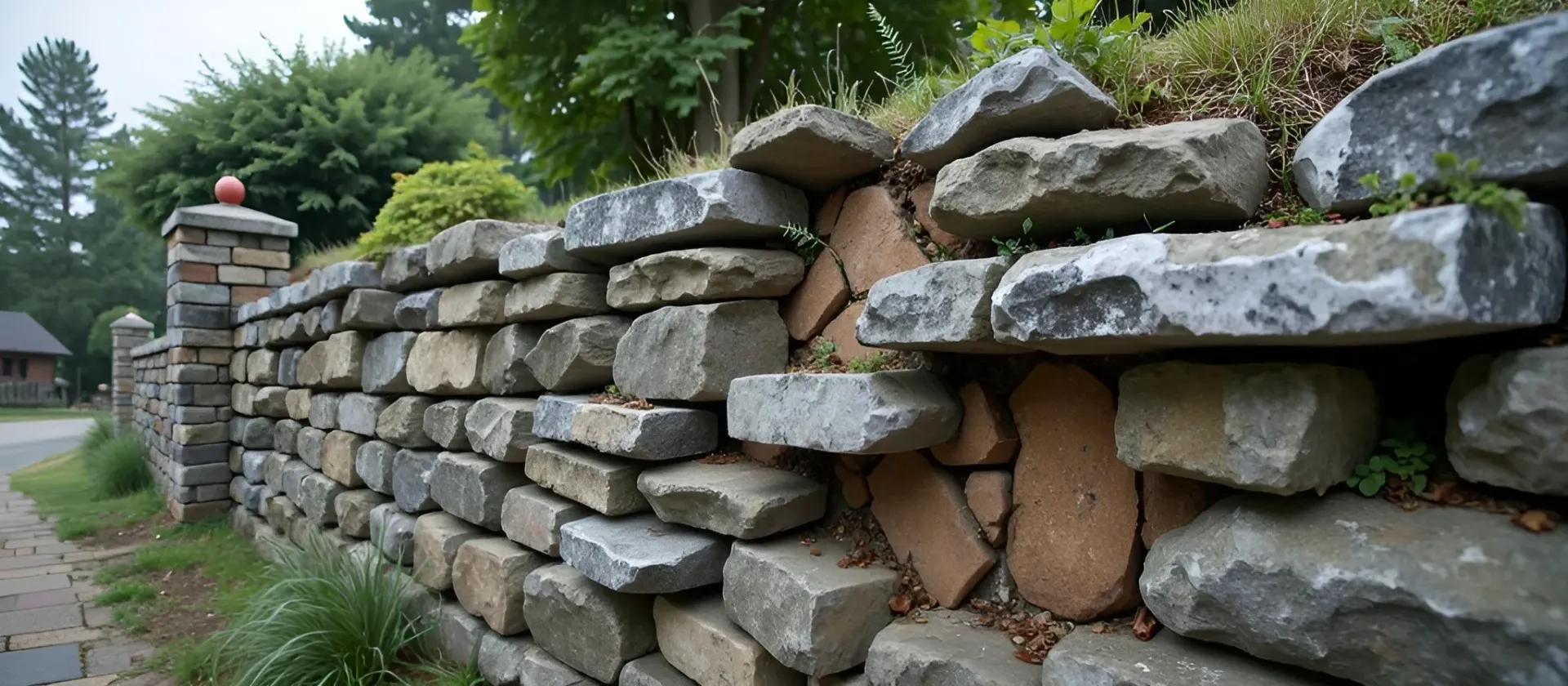Oahu Concrete Professionals’ Essential Tools and Equipment for Successful Concrete Projects
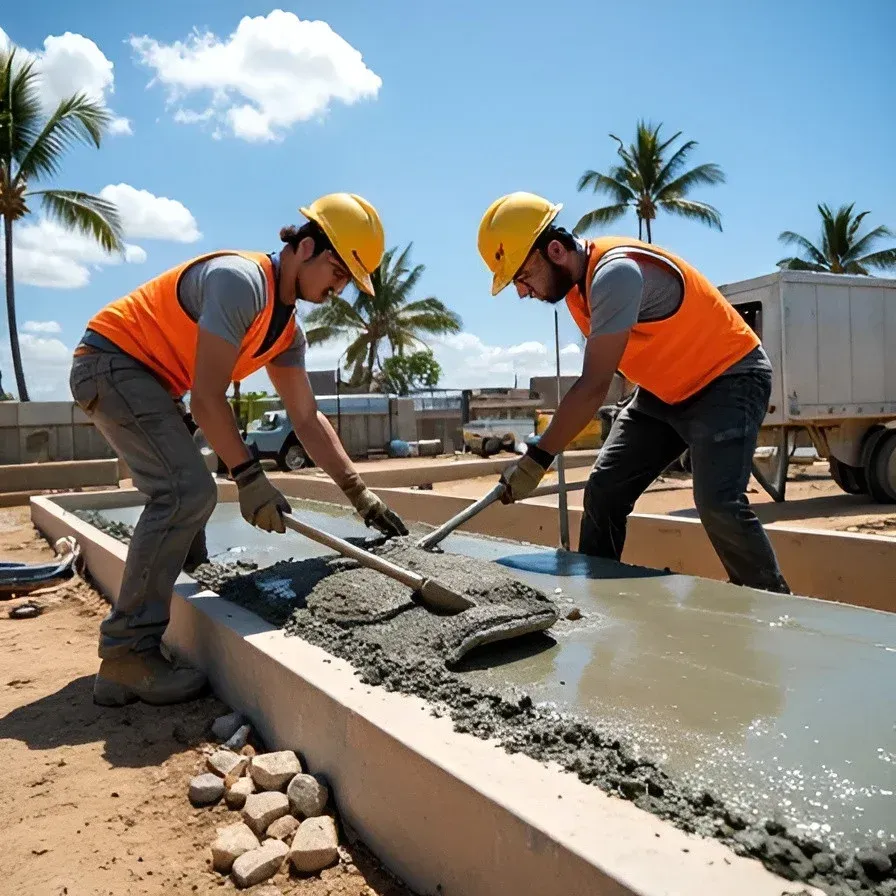
When we talk about having a successful tips of concrete project, the common things that come to our minds are skills and mastery of the contractor, quality of materials, proper planning, and many other factors. But what people most of the time neglect are the essential tools and equipment, which are crucial especially when you are doing the concrete project yourself. Embarking on a concrete project without crucial tools and equipment is like eating without a plate, spoon, and fork, or drinking water from a huge container without glass or straw. Bottom line, how are you supposed to do that without the tools and equipment? Don’t get me wrong, it is possible, but do you think it is effective and practical?
In this article, we will classify the different tools and equipment used by Oahu Concrete Professionals, that are beneficial whether you are starting medium to large-scale construction projects.
Mixers
Mixers are so-called “the heart of any concrete project” by many Oahu concrete professionals as they are really important to achieve a consistent and homogenous mix, which elevates the durability and strength of the concrete. Whether you are constructing a walkway, driveway, patio, or even repairs and all other concrete projects, you will surely need to mix concrete—which makes mixers beneficial. You can seek assistance from many Oahu concrete professionals in choosing what type of mixer is the best for you.
Compaction Equipment
As the project becomes larger, the compaction of the subgrade becomes more crucial. That is why compaction equipment is essential in this scenario. This may include plate compactors, rammer compactors, and vibratory rollers. These types of compaction equipment ensure that the soil or aggregate base is dense and firm, which prevents shifting and settlement over time.
Sandy soils and uneven terrain are really common for Oahu concrete professionals. If you have a small area or tight spaces, plate compactors can be your go-to choice. For larger areas that require uniform compaction, vibratory rollers can be a great option. For trenches and narrow areas that require deep compaction, rammers are a perfect choice.
Concrete Vibrators
Air pockets can be unavoidable, especially for beginners in the industry. These air pockets can negatively affect the density of the concrete, resulting in the reduction of its overall strength and causing potential issues in its structure in the future.
Concrete vibrators are being used to prevent this. Professionals in the concrete industry in Oahu use internal or needle vibrators for larger concrete pours (e.g. slabs, walls, or columns). For surface-level concrete installations like driveways, or pavements, external vibrators are the ideal tool to achieve a smooth finish with optimal compaction.
Screeds
Having a wonderful concrete finish can go to waste if poorly leveled. That’s why screeds exist. Screed is a tool designed to strike off and smooth freshly poured concrete to ensure a flat and uniform surface. There are manual screeds, which typically consist of straight pieces of wood or metal, and are commonly used in smaller projects such as sidewalks or small slabs. For larger projects, power screeds or laser-guided screeds are recommended.
Trowel
After the concrete is leveled with screeds, the next tool to use is the trowel. This is important in the finishing process. Hand trowels like steel finishing trowels and edging tools are necessary for smaller areas to achieve a finish with a smoother and polished look. For larger concrete surfaces, power trowels also known as helicopters are a must.
Concrete Saws
Concrete saws are essential for cutting control joints, expansion joints, or reshaping hardened concrete. For beginners, this tool can be unfamiliar but important, especially for large-scale projects. Oahu concrete professionals use a variety of concrete saws, depending on the situation. These are walk-behind saws, handheld, saws, or wet cutting saws. These tools require skills to become effective.
Rebar and Rebar Tools
These are an essential component that adds tensile strength to the inherently brittle material, especially for projects that are exposed to the environment. We all know that being exposed to harsh elements such as saltwater, high humidity, and frequent storms can challenge the structural integrity of the concrete.
Moreover, rebar cutters, benders, and tying tools are important to properly shape and secure the rebar before the concrete pouring process. Make sure to use high-quality rebar and appropriate reinforcement tools for better results.
Safety Gear
Most importantly, being safe is a priority. Many tools and equipment in concrete construction pose hazards, which makes the task require safety gear such as helmets, gloves, protective eyewear, steel-toed boots, and hearing protection. When working with dry concrete or during sawing operations, dust masks or respirators are highly important as silica dust from some concrete materials poses a serious health risk, particularly, lung problems. For beginners, it is best to learn how to use the following tools first before starting your project or leave it to the hands of Oahu concrete professionals to avoid such accidents.
Key Takeaways
Note that these are just the general tools and equipment, and there are still a lot of advanced tools to include. Remember that utilizing the tools and equipment included here requires skills to achieve better results and avoid accidents. Learning and understanding the functions of every tool are a different aspect to consider. For more details on this topic or if you need professional assistance with your project, feel free to reach out to us now.
